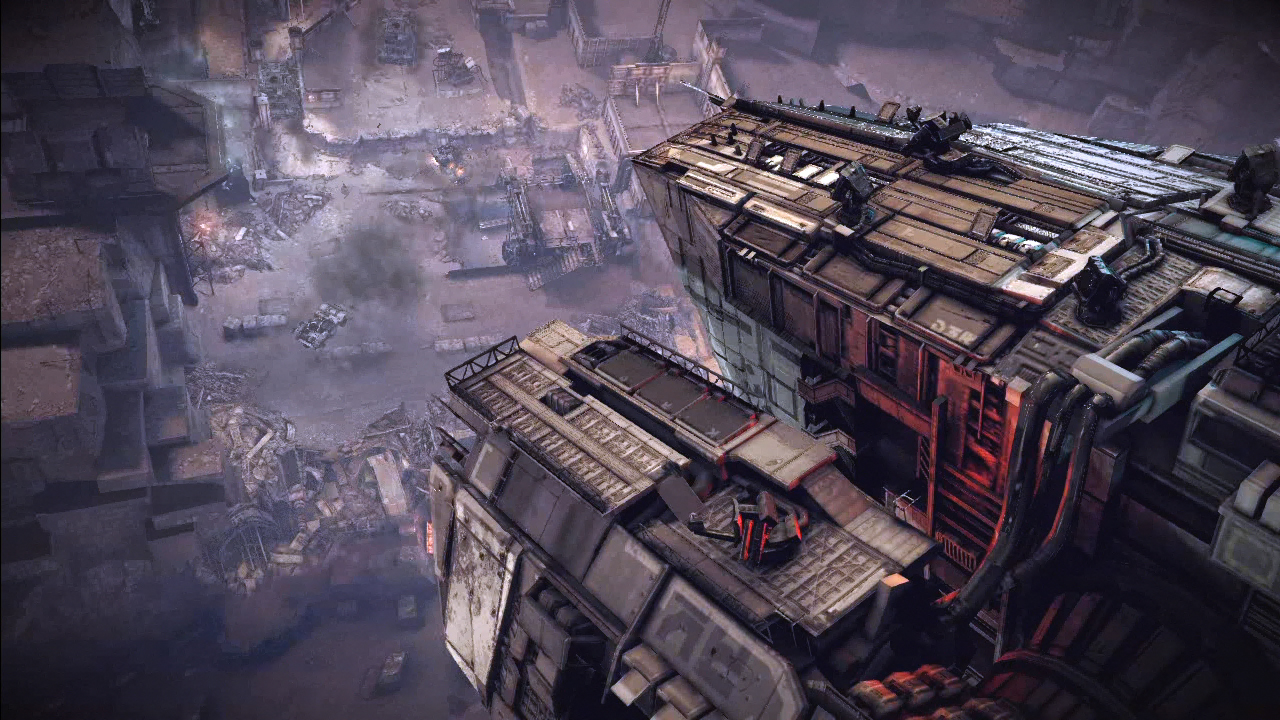The videos are stored twice, once in 2D, once in stereoscopic 3D, so you're dealing with 140 minutes of video.KZ3 has 70 minutes of videos occupying 32Gb. It should be roughly 32 x 1000 / 70 = 457 Mb of compressed storage per minute of video on the average.
This direct grab is littered with compression artifacts. Let's count those blocks.


